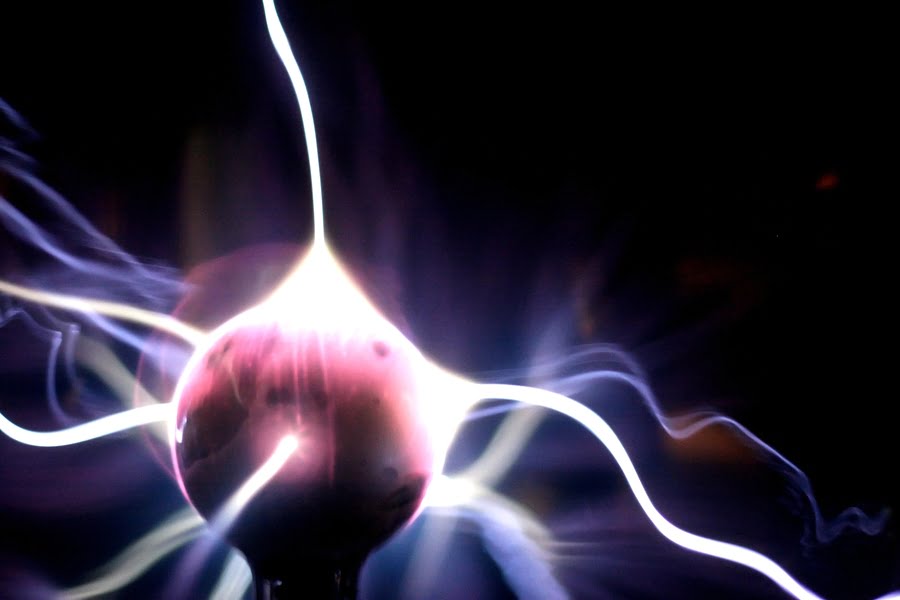Simple, everyday activities like crossword puzzles or reading books may stave off the mind-robbing Alzheimer’s disease. Those studying and working with Alzheimer’s patients generally accept this as fact. When the mind processes challenging puzzles or new information, it makes links in the brain, possibly exercising brain synapses, the neural networks that power our brains.
Looking deeper into the brain as to what controls these synapses is a new study from Tel Aviv University.
Related articles
- Research: Small Quantities Of Marijuana Protect Against Brain Damage
- Researchers Identify Protein That May Be Key In Alzheimer’s Treatment
Based on the long-suspected evidence that a build-up of amyloid-beta protein in the brain causes Alzheimer’s, which affects 5.4 million people in the United States alone, Israeli researcher Inna Slutsky has found an important missing link.
It’s not just the amount of amyloid that can create the onset of Alzheimer’s, she says, but the specific kind of amyloid protein found in the brain. An imbalance of amyloid-beta 40, compared to its counterpart amyloid-beta 42, is found in those suffering the effects of the disease.
Restoring brain protein balance
In her research, Slutsky wanted to see if she could restore the balance between the two amyloids. She and her research associate Iftach Dolev, with student Hilla Fogel, stimulated hippocampus regions of the brain in mice with Alzheimer’s — an important area of the brain for memory and learning.
The scientists found that distinct patterns of electrical pulses, known as spikes, and the way the brain synapses filter high-frequency bursts of electricity, help regulate a healthy amyloid-beta 40/42 ratio.
Using electrical spikes, they were able to restore the balance of amyloid-beta 40 and 42 in the mice so that the proportions resembled the makeup of a healthy brain.
Sign up for our free weekly newsletter
SubscribeThese artificial bursts of electricity in the brain may form the basis of a future therapy in human sufferers, the researchers theorize in an article published in Nature Neuroscience on April 7.
This is a huge advance in understanding how brain circuitry and chemistry –– apart from known genetic mutations, which makes up a small percentage of cases –– lead to Alzheimer’s.
Connecting the whole picture of how amyloid is balanced points to a brain protein called presenilin, the researchers explained.
“We hypothesize that changes in the temporal patterns of spikes in the hippocampus may trigger structural changes in the presenilin, leading to early memory impairments in people with sporadic Alzheimer’s,” says Slutsky.
Over time, environmental effects and human experiences may be affecting the spiking patterns in the brain, which is in line with theories that stimulating environments could prevent the onset of this debilitating disease.
According to the researchers, sensory experiences alone could also increase amyloid-beta 40 in the brain.
…
To continue reading this article, click here.
Via Israel 21c
Photo: Plasma Electricity Storm from BigStock
Related posts

Israeli Medical Technologies That Could Change The World

Harnessing Our Own Bodies For Side Effect-Free Weight Loss

Missing Protein Could Unlock Treatment For Aggressive Lung Cancer




Facebook comments